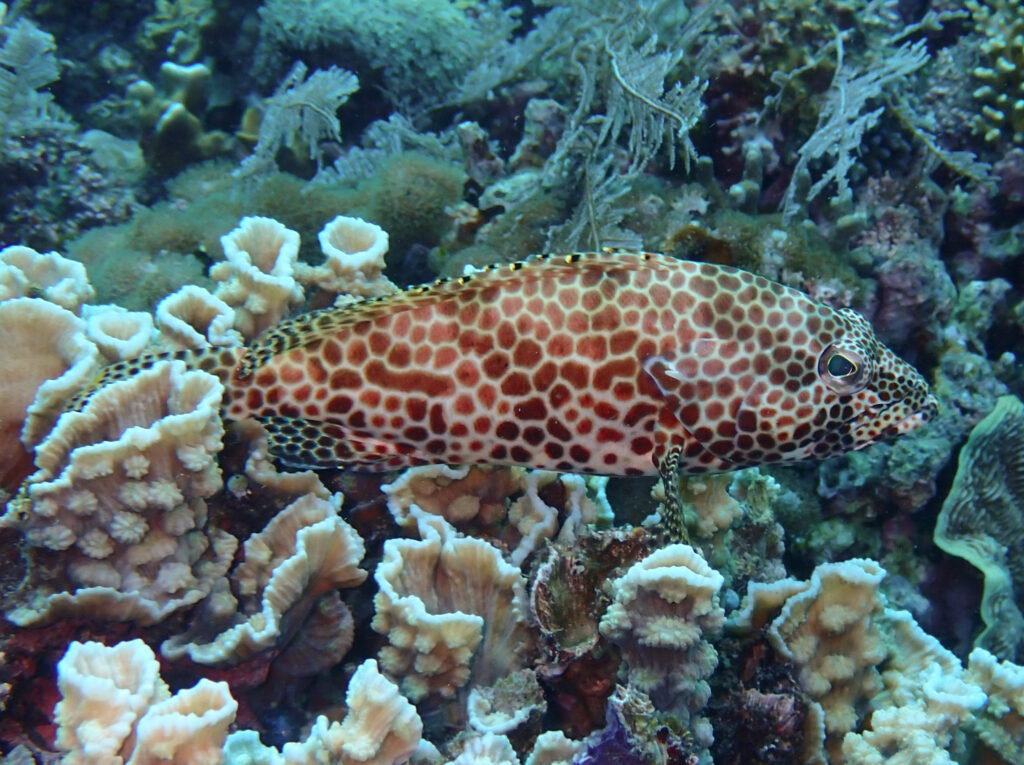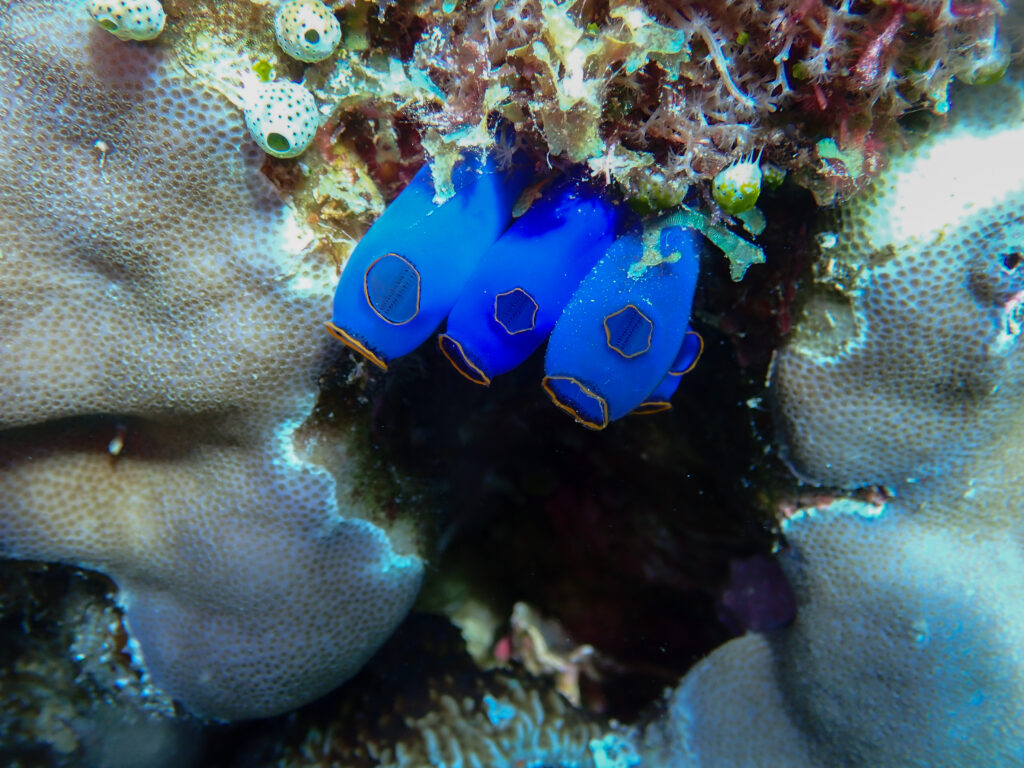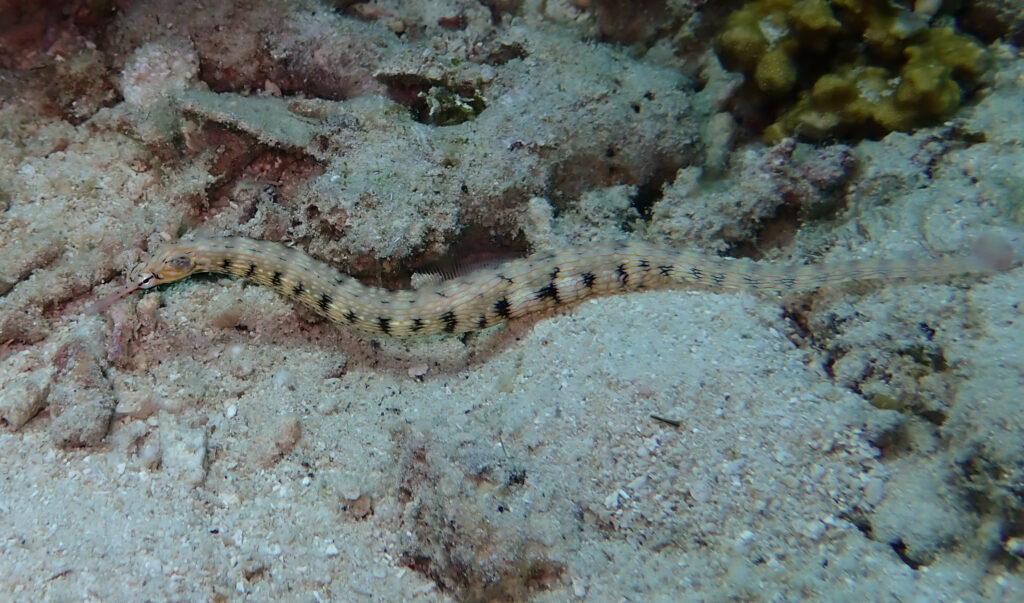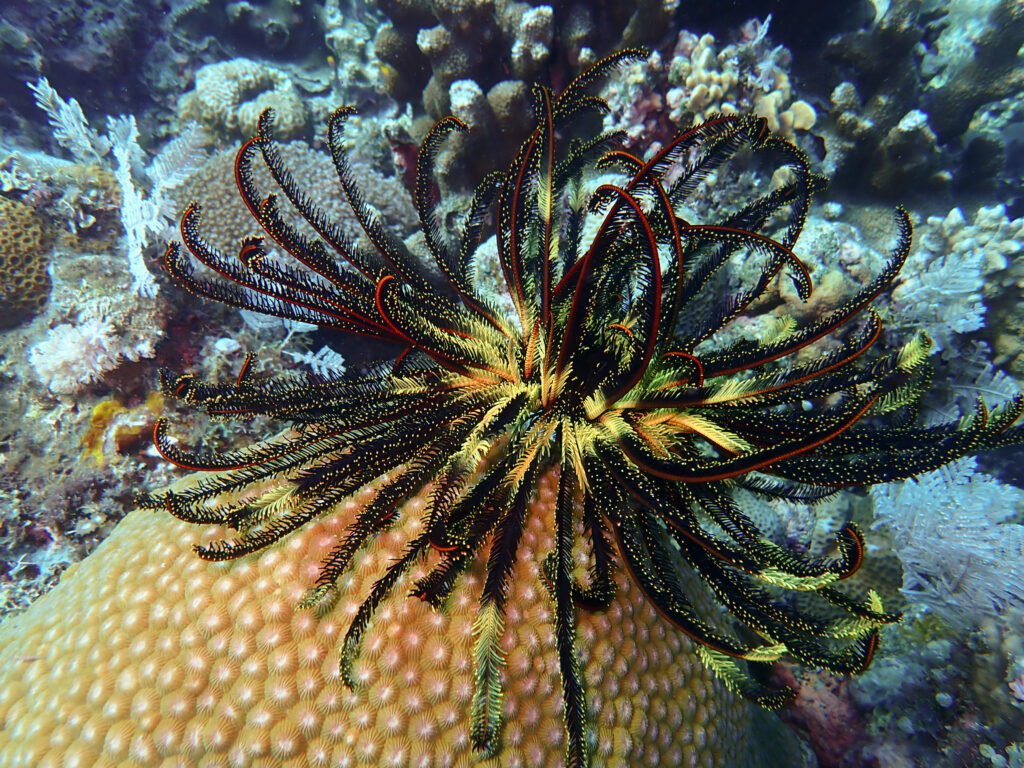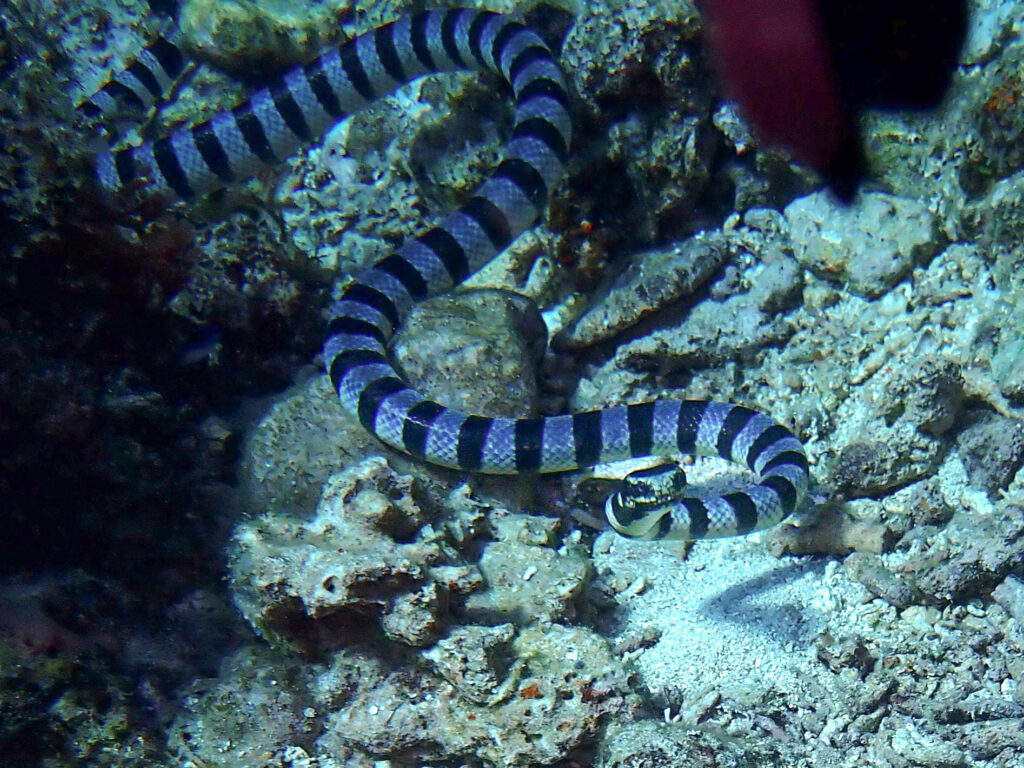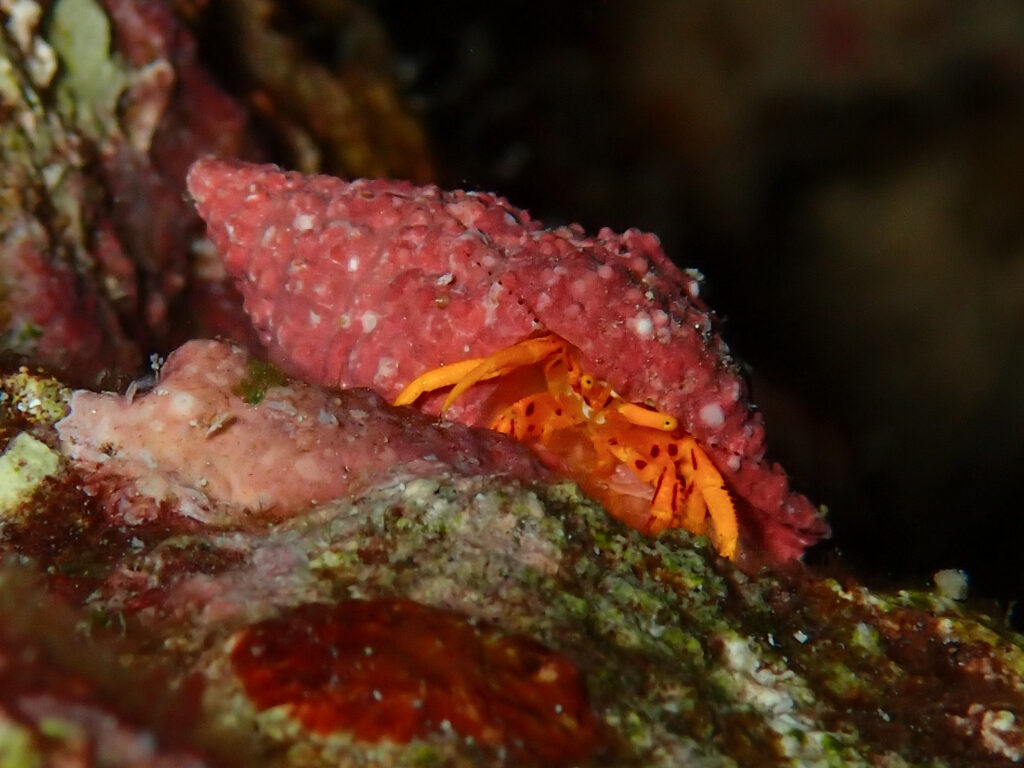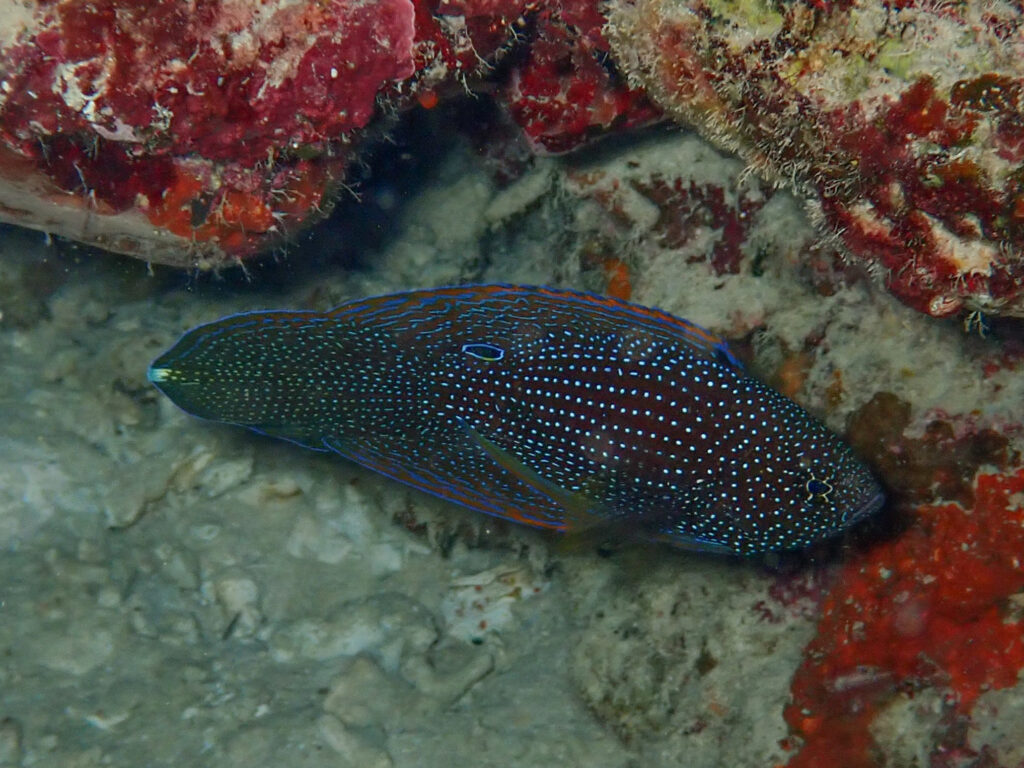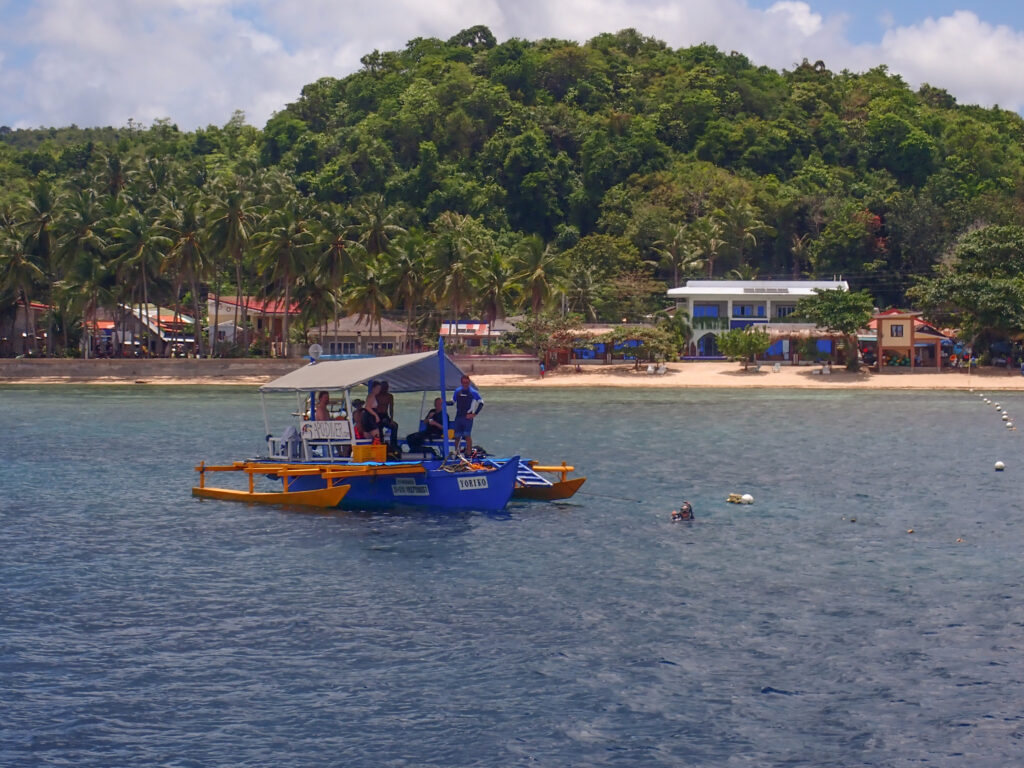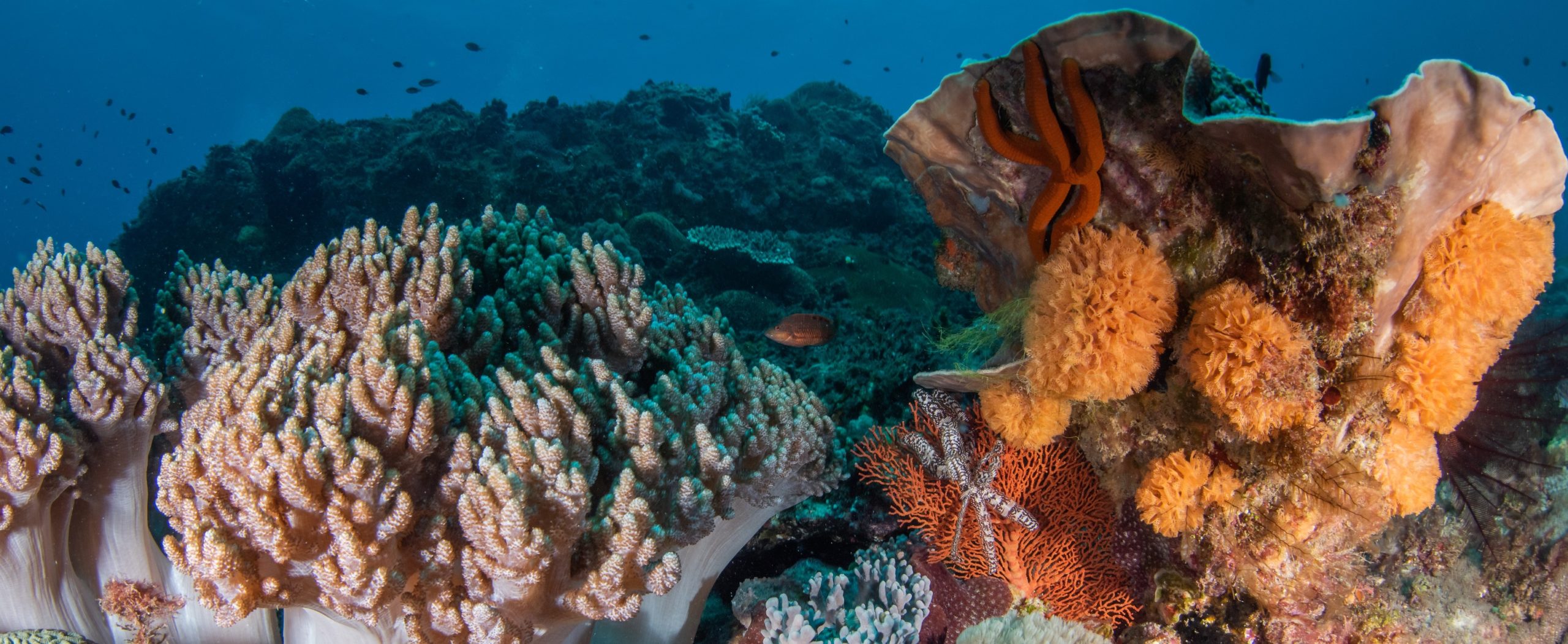Fish and coral surveys of Philippine reefs organised by the Coastal Conservation and Education Foundation (CCEF) are amongst the longest running worldwide, commencing in the early 1990s. With support from the Unico Foundation, I jumped at the opportunity to participate in their recent “Saving Philippine Reefs” expedition to Siquijor Island from 3 to 10 May, 2025.
A major aim was to match the CCEF and Reef Life Survey field protocols so that combined analyses of the two datasets would be possible. CCEF could then better identify how well Philippines reefs matched coral reefs in other countries, while RLS could better understand how coral reef communities change over decades.
Equally importantly, the Philippines are a major geographic hole in our global RLS data set, with no data from that country. Filling this gap in the centre of the Coral Triangle—the world’s most diverse marine region—was definitely overdue.
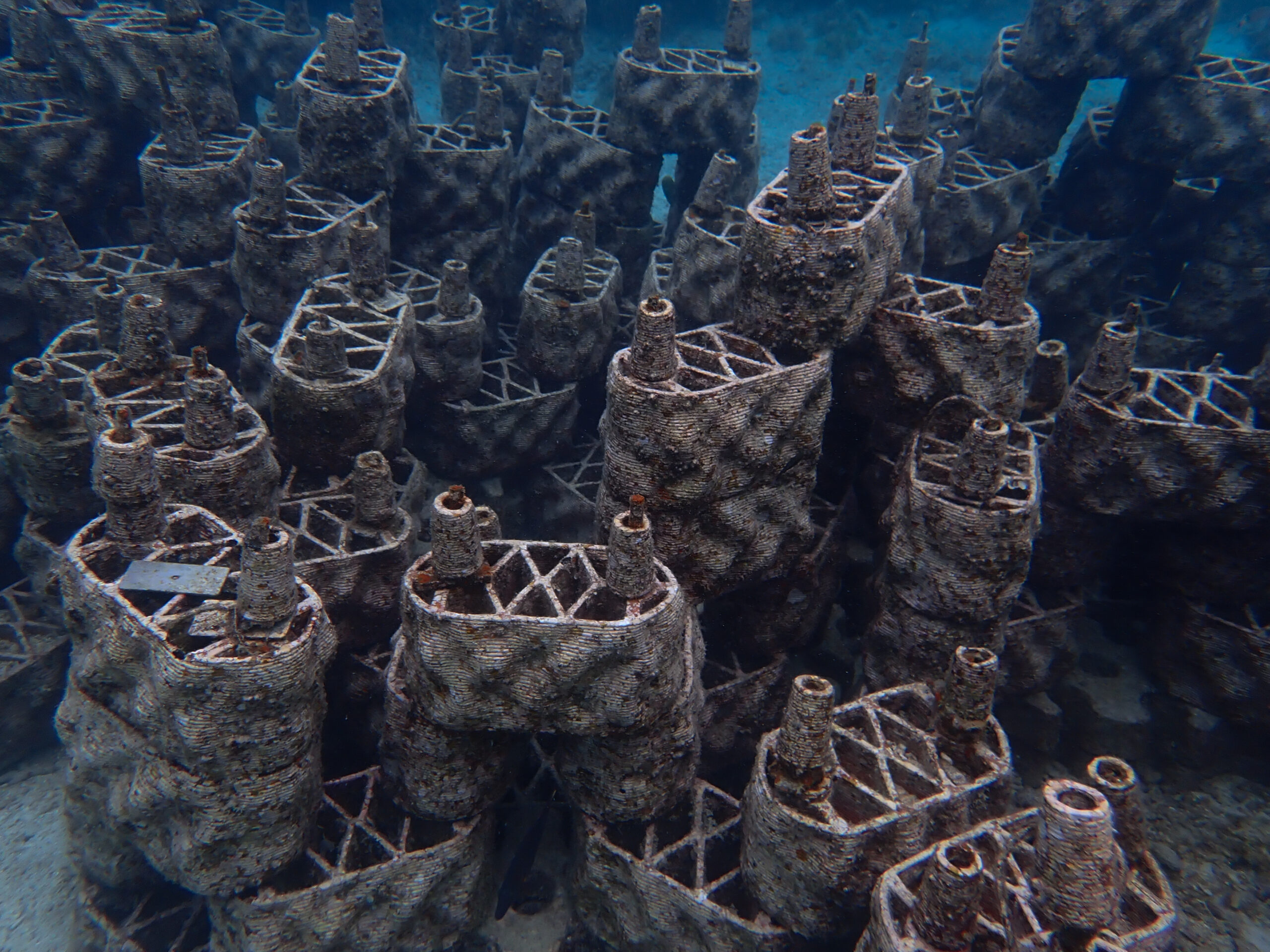
Our expedition team of 15 divers (six Filipino staff, two fish researchers, six trained citizen scientists and myself) operated from the Coco Grove Resort on Siquijor Island, 600 km south of Manila. A large swell ominously rolled onto the beach on arrival, but by the next day it had disappeared and we had perfect weather for diving. Underwater visibility was 10-20 metres, and the water temperature 29°C.
Boating to dive sites took up to 2 hours each day, allowing us to cover most of the island perimeter. Our dives focused on censusing marine life inside and outside the small no-fishing marine sanctuaries dotted around the coastline. Overall, good sea conditions allowed us to survey 12 marine sanctuaries, with CCEF divers generally covering three transects inside and three transects outside of each.
On entering the water, two things were evident: many small fishes flitted about but virtually no large fishes were present (and no sharks). Over the first three days, I recorded only one fish reaching 30 cm on transects—the checkered snapper Lutjanus decussatus. Fishing pressure in the region was clearly intense!
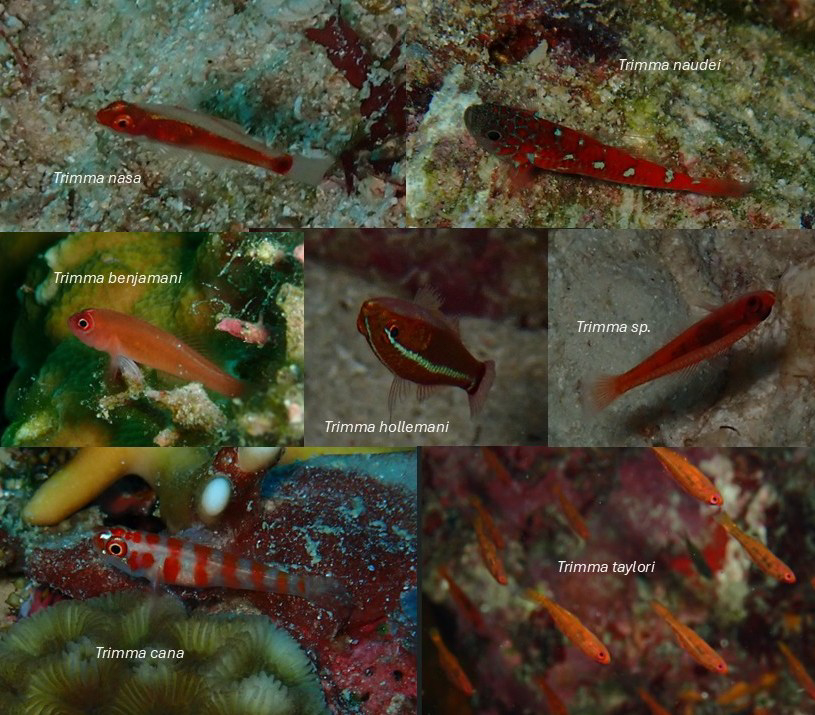
Perhaps the lack of large predatory fishes allowed the smaller species to prosper. Damselfishes, gobies, cardinalfishes and small wrasses were everywhere, making the M2 cryptic fish counts a challenge. The diversity of Trimma gobies was exceptional—I recorded seven species in total, including the spectacular (but minute) candy-cane goby (Trimma cana). Also six species of small Eviota gobies.
Amongst the spectacular fish sighted on our dives was the comet (Calloplesiops altivelis). One was lurking in a cave under the transect line. The large tailspot on the comet is unmistakable, misdirecting any attacking predatory fish towards its tail.
Feather stars were far and away the most common invertebrates, particularly at sites with currents near drop-offs, while few other invertebrates were seen. Unfortunately, one of the few locally common species was the crown-of-thorns seastar (Acanthaster planci), which appeared to be badly affecting staghorn coral populations at one site.
Regardless, the pleasant conditions and diversity of corals and associated marine life made it clear why divers flock to this island. I look forward to returning in a few years to see whether large fishes have recolonised the marine sanctuaries.
Thus, all in all, an incredible experience: beautiful dives, great food, and flawless organisation by Vangie, Alan and the local CCEF team. Many thanks to Sheree Marris and Denise and Geoff Illing for facilitating our CCEF/RLS collaboration.
